Forty-five years after the reunification in 1975, generations of soldiers and people in Truong Sa island district, Khanh Hoa province, have steadfastly stayed on the islands and continue to work on the sea. Their sacrifice and efforts have brought about a new look for Truong Sa archipelago and breathed a new life into the islands.
The lives of soldiers and people on the islands of the Truong Sa (Spratly) archipelago are happy in a simple way. This can be seen when one visits Song Tu Tay (Southwest Cay), which is part of Truong Sa archipelago. After setting foot on Song Tu Tay island, one is overwhelmed by a feeling of calm when seeing houses with red tile roofs under green trees on small clean concrete roads. This tranquil feeling becomes bolder when visitors enter the village on the island, hearing the voices of children reading their lessons while the bell from Song Tu Tay pagoda tolls.
On Song Tu Tay, there is a statue of Grand Prince Hung Dao Tran Quoc Tuan, a national hero of Vietnam. The island is also home to a beautiful lighthouse, which was the first lighthouse built on Truong Sa archipelago in 1993. It is a first-class lighthouse under the international maritime safety system.
In recent years, Song Tu Tay commune has provided fishing logistic services for offshore fishermen. The commune’s fishing team offers free fresh water, health services and ship repair for fishermen. It also supplies fuel and food for offshore fishing ships with the same prices as inland.

The lighthouse on Da Tay (West Reef) B.
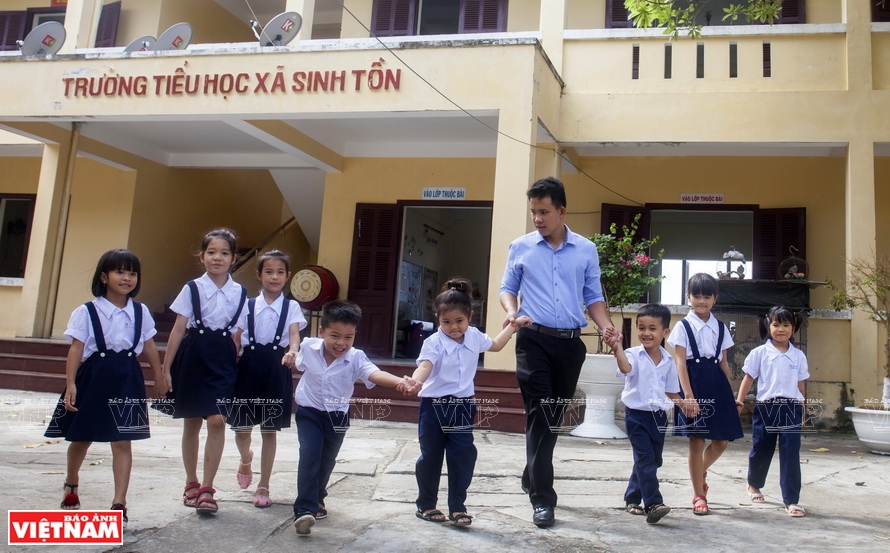
Teacher and students at the primary school on Sinh Ton island commune.
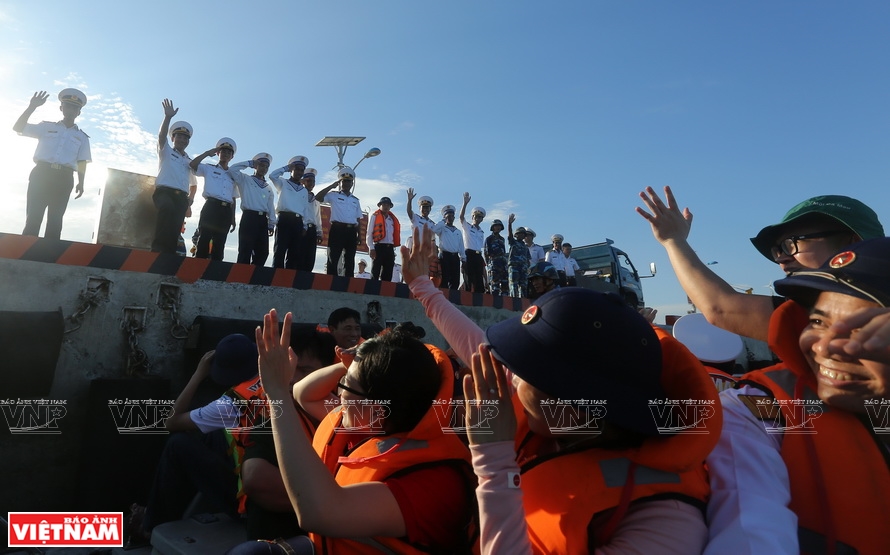
People and soldiers on An Bang island bid farewell to a visiting delegation from the mainland.
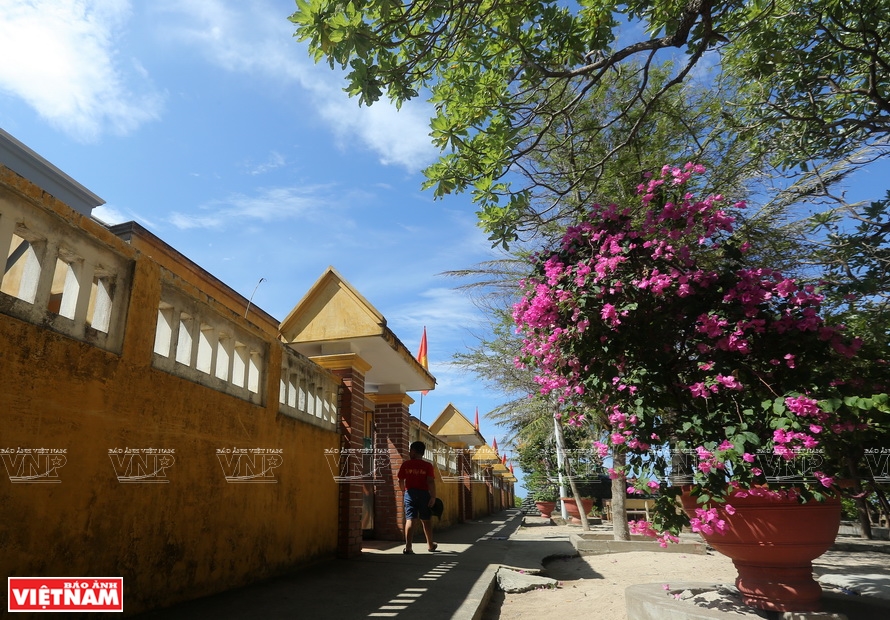
Residential area on Sinh Ton island commune.
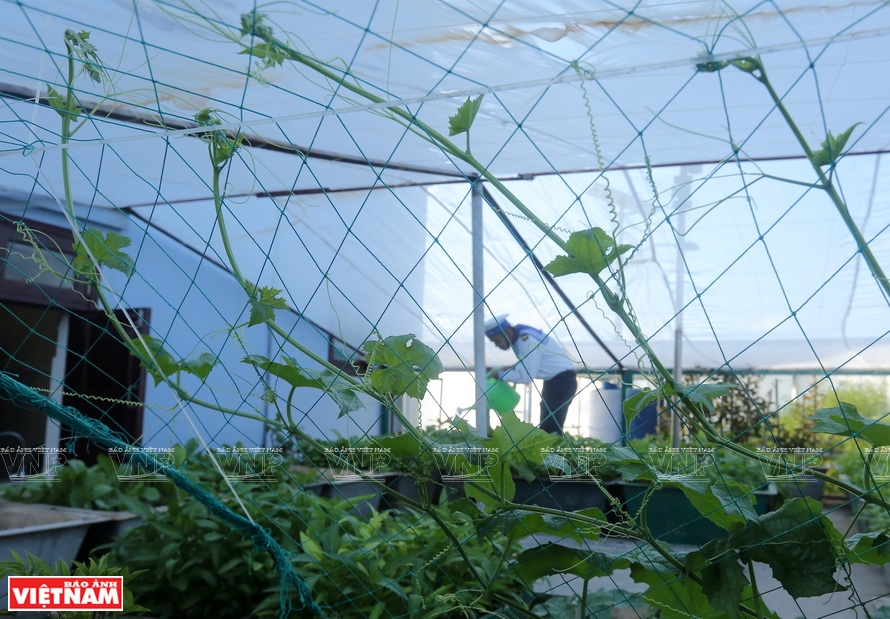
Soldiers grow vegetables on Tien Nu (Tennent Reef).
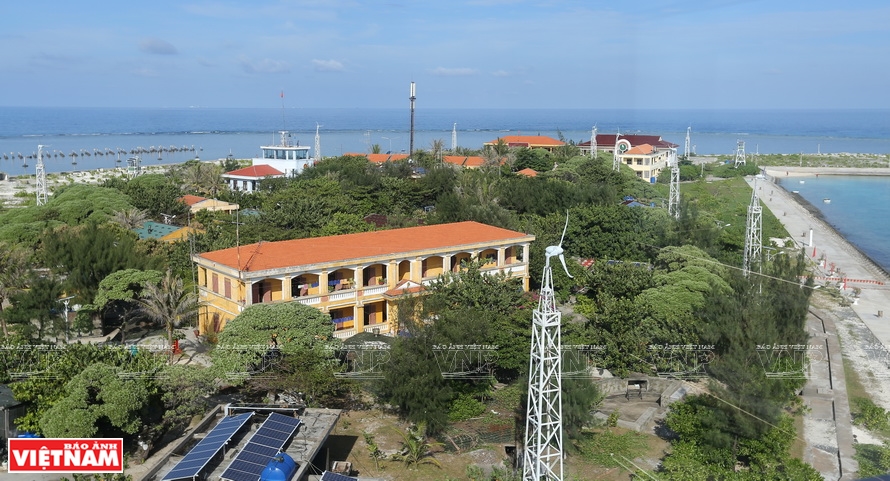
The complex of school, medical station, cultural house and wind power system in Sinh Ton commune.
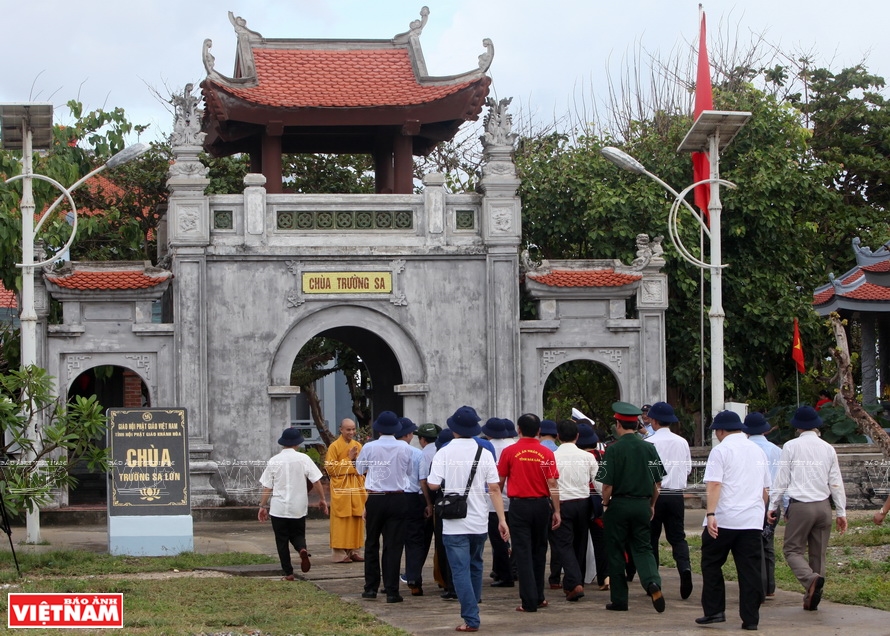
Visiting Truong Sa Lon pagoda.
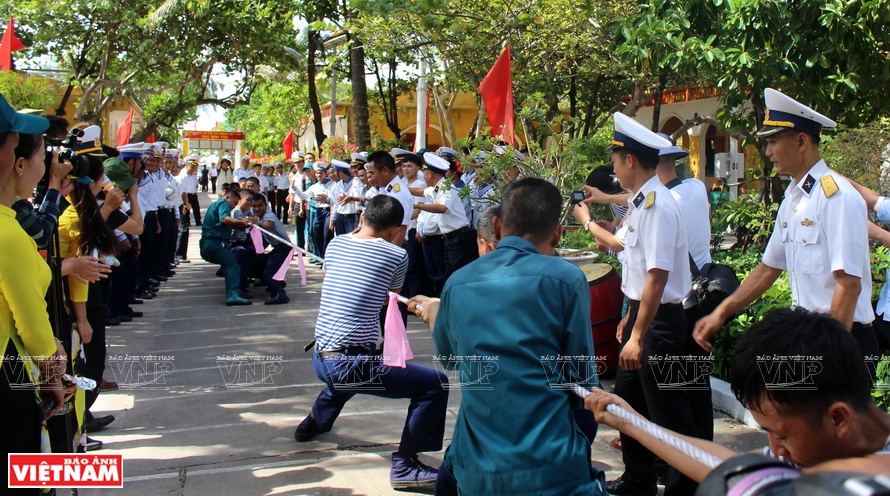
A tug of war competition between soldiers and civilians in Sinh Ton commune.
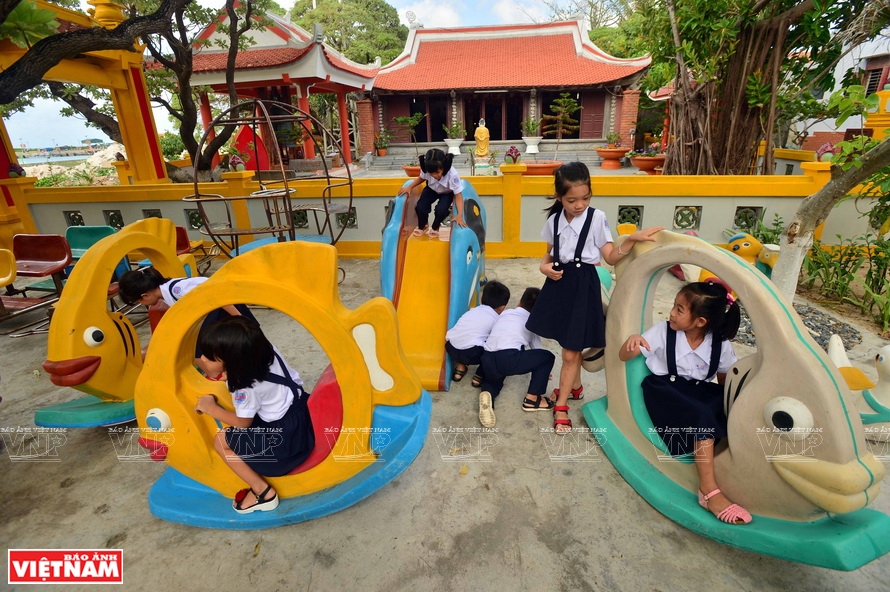
Playing area for children in Sinh Ton commune.
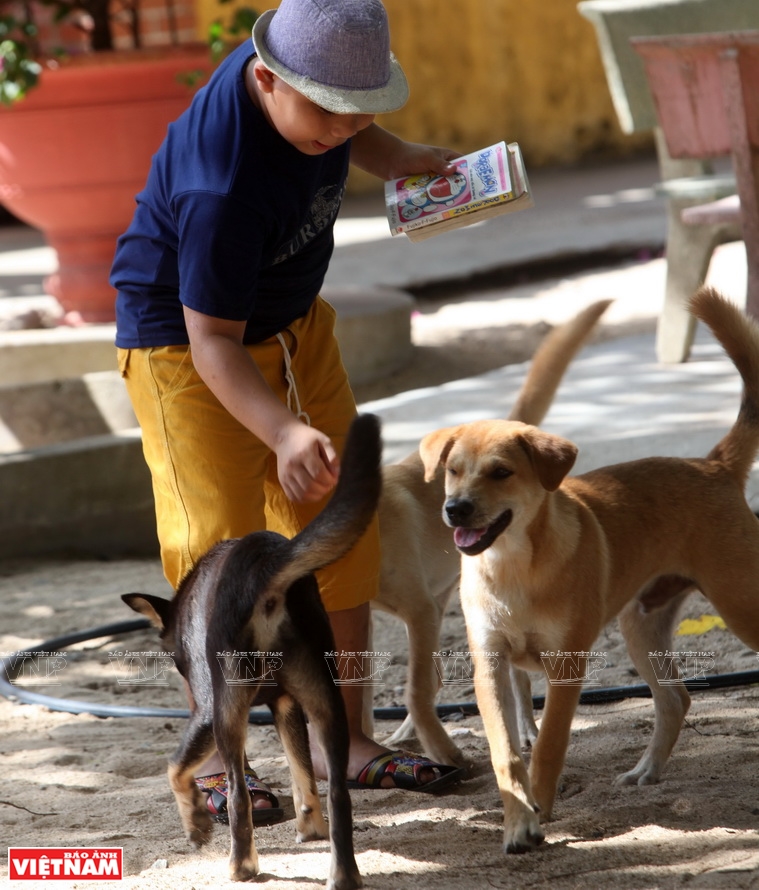
Dogs are familiar to Truong Sa Lon islanders. |
Song Tu Tay and other islands on Truong Sa archipelago, including Truong Sa Lon (Spratly), Sinh Ton (Sin Cowe), have all facilities and services to meet the essential needs of inhabitants. The island has a hydrometeorological station, a school, and a clinic. It also built an office for the communal People’s Committee and even has a defense militia force.
Song Tu Tay also has a pagoda, an important establishment in the religious life of the locals. Pagodas are also built on four other islands of Truong Sa archipelago. These are Truong Sa Lon, Sinh Ton, Son Ca (Sand Cay), and Nam Yet (Namyit).
On Truong Sa archipelago, brackish plants, inland vegetables and fruit trees are now planted, making the life of islanders closer to those of the inland. In Truong Sa town on Truong Sa Lon, even bamboo trees grow. The bamboo, which symbolizes Vietnamese villages, was first brought to the island by a father during a visit to his son in hope of relieving his homesickness.
Visiting Truong Sa today, one can feel as if they are visiting an inland village seeing familiar images of cows slowly walking under the shade of trees, herds of ducks searching for food by the beach, or dogs catching fish. The islands are also covered in green with vegetable gardens, sea poison trees and beach cabbages.
As years go by, people from all parts of the country have in turn come and stayed at Truong Sa to defend the sovereignty of the fatherland. They consider the islands their home and the sea their homeland, and protecting their home and homeland is their pride. Truong Sa, an inseparable part of the country, has become the two sacred words that every Vietnamese is proud of.
Story: VNP - Photos: Thong Hai & Phong Thu